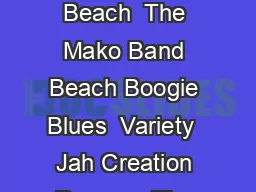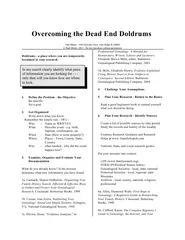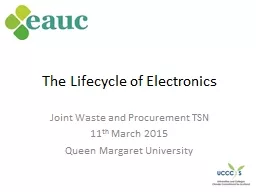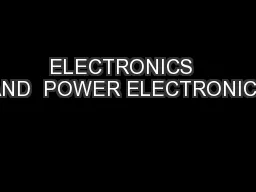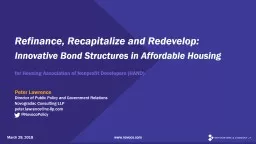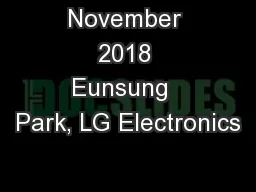PPT-March 2018 Eunsung Park, LG Electronics
Author : giovanna-bartolotta | Published Date : 2018-11-11
Slide 1 OOK Waveform Generation Followup Date 20180305 Authors Name Affiliation Address Phone Email Eunsung Park LG Electronics 19 Yangjaedaero 11gil Seochogu
Presentation Embed Code
Download Presentation
Download Presentation The PPT/PDF document "March 2018 Eunsung Park, LG Electronics" is the property of its rightful owner. Permission is granted to download and print the materials on this website for personal, non-commercial use only, and to display it on your personal computer provided you do not modify the materials and that you retain all copyright notices contained in the materials. By downloading content from our website, you accept the terms of this agreement.
March 2018 Eunsung Park, LG Electronics: Transcript
Download Rules Of Document
"March 2018 Eunsung Park, LG Electronics"The content belongs to its owner. You may download and print it for personal use, without modification, and keep all copyright notices. By downloading, you agree to these terms.
Related Documents


